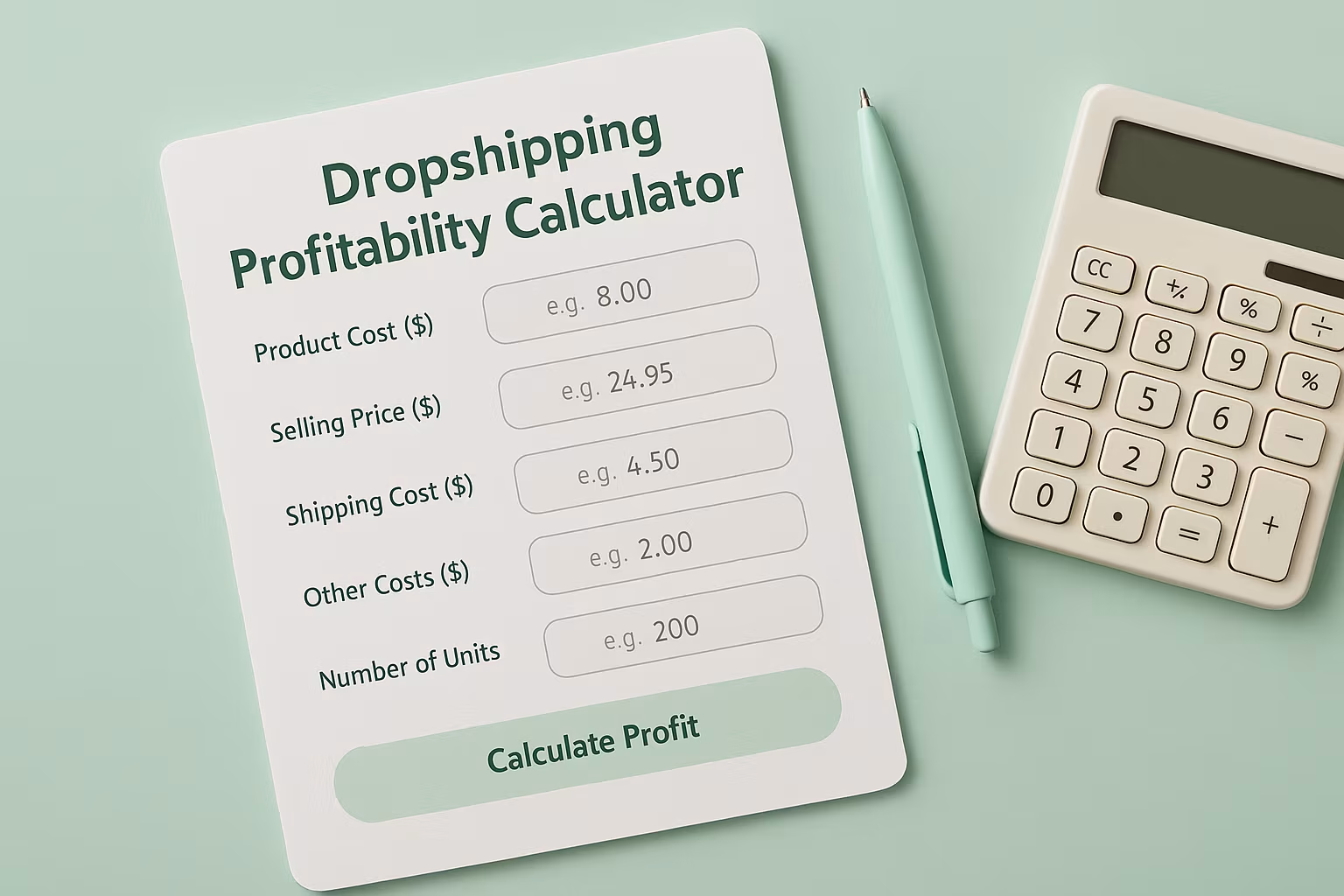How to Effectively Strategize Add-On Sales for Maximum Profit? Sales Strategies

Every successful e-commerce business knows that acquiring new customers is just the beginning; the real profit often lies in maximizing the value of each transaction.
Upselling and cross-selling can account for up to 30% of e-commerce revenue, yet many stores still underuse this strategy.
Understanding how to effectively strategize add-on sales for maximum profit can help you unlock that potential.
When done right, add-on sales not only increase your average order value but also enhance the customer experience by offering complementary products that deliver extra value.
7 Proven Add-On Sales Strategies That Drive Results
Add-on sales are a simple way to boost revenue fast. Here are seven proven strategies that deliver results.
1. Bundle Complementary Products
Product bundling creates value for both customers and sellers. By packaging related items together, you can offer a slight discount while still increasing the total transaction value.
Implementation tips:
- Create logical bundles that solve multiple related customer needs
- Highlight the savings compared to buying items separately
- Test different bundle combinations to identify the highest-converting offers
For example, if you sell supplements, consider creating "wellness stacks" that combine products for specific health goals like immunity, energy, or recovery.
A protein powder could be bundled with a shaker bottle and a pre-workout supplement for a complete fitness solution.
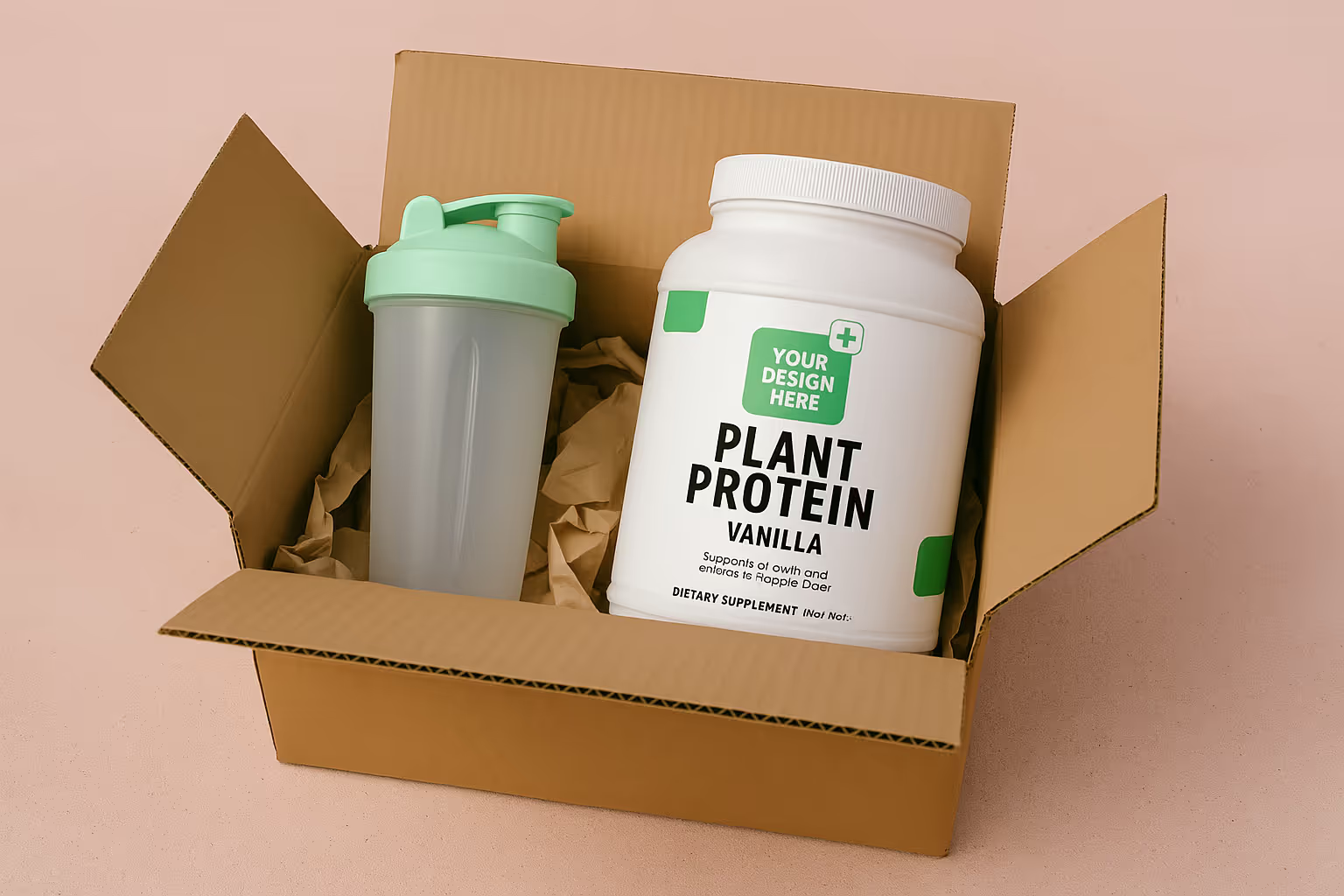
2. Strategically Time Your Upsell Offers
The timing of your add-on offer can significantly impact its effectiveness. While the checkout page is a common placement, it's not always the most effective.
Strategic timing options:
- Product page add-ons (shown before the customer reaches checkout)
- Cart page recommendations (when the customer reviews their selections)
- Post-purchase upsells (after completing the initial purchase)
- Follow-up email offers (days after the initial purchase)
Testing reveals that post-purchase upsells often convert exceptionally well because customers have already completed their primary purchase decision, reducing psychological barriers to additional spending.
3. Implement Threshold-Based Free Shipping
Free shipping thresholds are among the most effective add-on triggers. When customers are just short of qualifying for free shipping, they're highly motivated to add items to reach the threshold rather than pay for shipping.
To implement this strategy:
- Set your free shipping threshold approximately 30% higher than your average order value
- Display how much more customers need to spend to qualify
- Recommend specific products that would help them reach the threshold
For instance, if your average order is $35, consider setting free shipping at $45 or $49. Then, prominently display messaging like "Add $14 more to get FREE shipping!" along with product recommendations in that price range.
4. Create a Tiered Loyalty Program
Loyalty programs that reward larger purchases can drive significant add-on sales. By structuring rewards in tiers, you create natural incentives for customers to increase their order size.
Effective loyalty program tiers might include:
- Bronze: Orders over $50 (5% rewards)
- Silver: Orders over $100 (10% rewards)
- Gold: Orders over $150 (15% rewards + free shipping)
This approach creates natural "spend thresholds" that customers will strive to reach, particularly when they're close to qualifying for the next tier.
5. Use AI-Powered Product Recommendations
Modern e-commerce platforms offer sophisticated recommendation engines that can significantly outperform manual selection of add-on products.
These systems analyze:
- Purchase history patterns
- Items frequently bought together
- Browsing behavior
- Customer segments
Investing in a quality recommendation engine can yield substantial returns, as it continuously improves through machine learning.
Even basic "Customers who bought this also purchased…" sections can increase conversion rates by 10-30% when properly implemented.
6. Offer Product Protection and Extended Warranties

For higher-ticket items, product protection plans and extended warranties make excellent add-ons that provide peace of mind while boosting your margins.
These services typically have very high profit margins while providing genuine value to customers concerned about protecting their investment.
Pro tip: Unlike physical products, warranty and protection plans don't require inventory management or increase shipping costs, making them particularly profitable add-ons for e-commerce businesses focused on maximizing profit margins.
7. Create Logical Product Sequences
Many products naturally lead to others as part of a customer journey. Identifying these sequences allows you to position add-ons as the next logical step rather than random extras.
For example:
- Customers purchasing protein powder may need a shaker bottle next
- Someone buying a skincare serum might benefit from a complementary moisturizer
- Pet owners purchasing food might need treats or supplements
By mapping these customer journeys, you can create timely, relevant add-on offers that feel helpful rather than pushy. When expanding your store's product range, consider how new items might fit into these natural purchasing sequences.
A faster site doesn’t just load quicker; it keeps visitors engaged. Every second counts. These proven tactics reduce bounce rates, increase session times, and turn more visits into conversions by making your store feel seamless, intuitive, and worth staying on.
Optimizing Your Add-On Strategy for Specific E-Commerce Models
Different business models require tailored approaches to add-on sales. Here's how to adapt your strategy based on your specific situation:
For Dropshipping Businesses
Dropshipping merchants should focus on add-ons that don't complicate fulfillment or increase shipping costs. Consider:
- Digital product add-ons (guides, plans, templates)
- Product warranties or protection plans
- Subscription options for consumable products
- Supplier-fulfilled complementary products
The key challenge for dropshippers is maintaining quality control across multiple products while scaling your dropshipping business through add-on sales.
For Private Label Brands
Private label brands have unique opportunities for profitable add-on sales through:
- Creating exclusive product bundles unavailable elsewhere
- Developing lower-cost, entry-level accessories to complement flagship products
- Offering limited edition or premium versions of popular items
- Building consumable product subscriptions
A private label fulfillment solution enables brands to expand their product offerings without significant upfront investment, making it easier to test various add-on products to find the most profitable combinations.
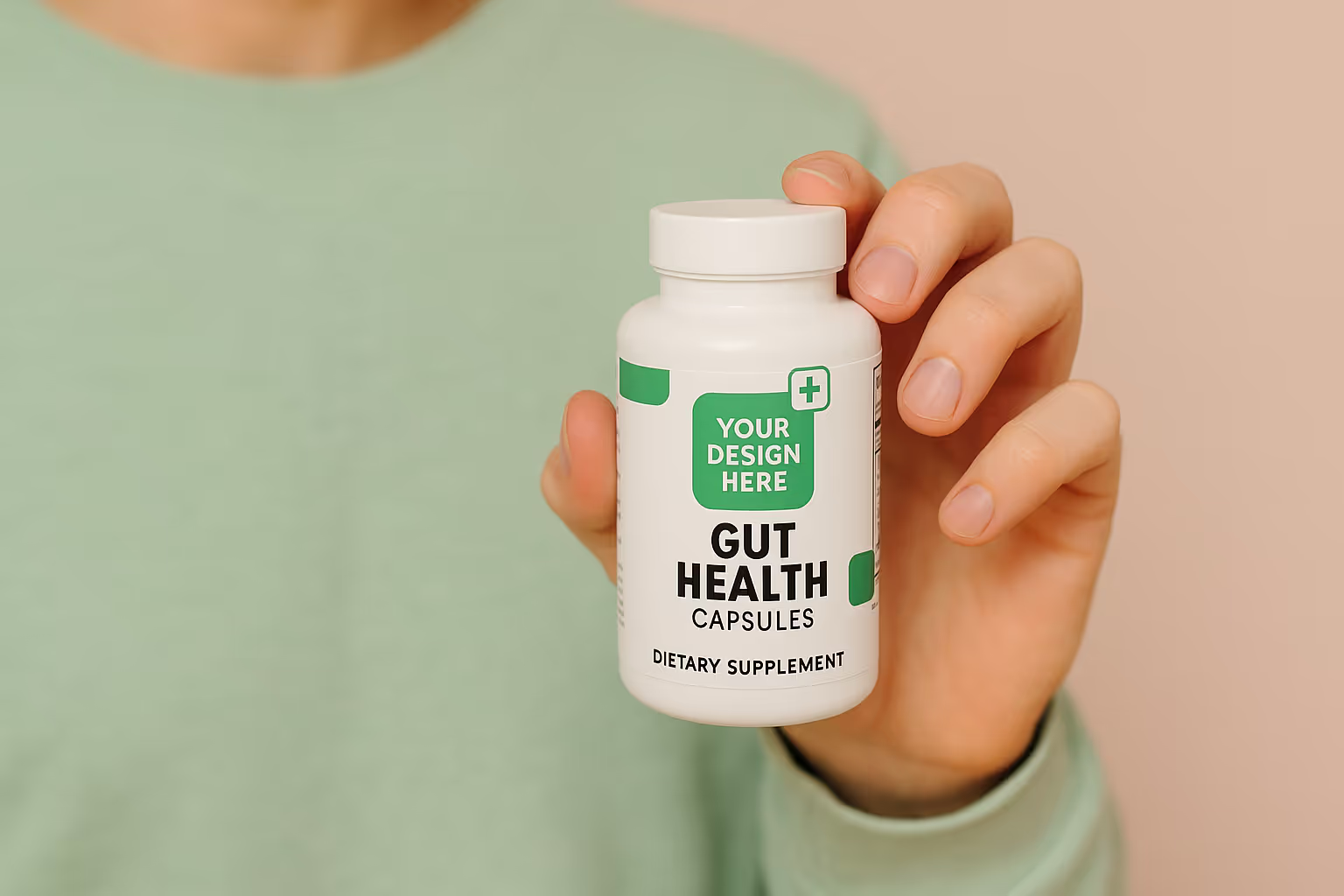
For Subscription-Based Models
Subscription businesses can leverage add-ons through:
- One-time add-ons to regular shipments
- Premium subscription tiers with enhanced products
- Limited-time special additions to subscription boxes
- Exclusive member-only products
For example, a coffee subscription business using private label coffee could offer one-click add-ons like specialty brewing equipment, limited edition flavors, or complementary food items that pair well with coffee.
Measuring and Optimizing Your Add-On Sales Performance
Implementing add-on strategies is just the beginning; measuring their effectiveness and continuously optimizing is crucial for maximizing profit.
Key Metrics to Track
- Attachment rate: The percentage of orders that include add-on items
- Average add-on value: The average revenue generated from add-on sales per order
- Add-on conversion rate: The percentage of customers who accept specific add-on offers
- Product-specific attachment rates: Which products most frequently lead to specific add-on purchases
Testing Framework for Continuous Improvement
To optimize your add-on strategy:
- Test different price points for add-on items
- Experiment with various placements and timings
- Compare different messaging and presentation styles
- Analyze performance across customer segments
Most e-commerce platforms, including Shopify, offer analytics tools to track these metrics. Alternatively, you can use Google Analytics or dedicated e-commerce analytics platforms for deeper insights.
Common Add-On Sales Mistakes to Avoid
Even with the best strategy, certain pitfalls can undermine your add-on sales efforts:
- Irrelevant recommendations: Offering add-ons with no logical connection to the primary purchase
- Overwhelming customers: Presenting too many options, causing decision paralysis
- Pushy or manipulative tactics: Creating resentment rather than appreciation
- Ignoring price sensitivity: Recommending add-ons that are too expensive relative to the main purchase
- Neglecting mobile optimization: Failing to adapt add-on displays for smaller screens
These mistakes not only reduce conversion rates but can damage customer trust and lifetime value. Always prioritize relevance and value over short-term revenue gains.
Building an Add-On Strategy for Long-Term Growth
To maximize the impact of your add-on sales strategy, consider these advanced approaches:
Segment-Based Personalization
Different customer segments respond to different types of add-ons. By segmenting your audience, you can tailor recommendations based on:
- Purchase history
- Customer lifetime value
- Demographics
- Browsing behavior

For example, first-time buyers might respond better to lower-priced accessories, while loyal customers might be more receptive to premium add-ons or bundles.
Seasonal and Promotional Add-On Rotation
Keep your add-on strategy fresh by rotating offerings based on:
- Seasonal relevance
- Special promotions
- New product launches
- Current trends
This approach keeps the shopping experience dynamic and creates opportunities to test new add-on combinations throughout the year.
Consider Specialty Products as Add-Ons
Incorporating unique or specialty items as add-ons can create distinctive purchasing experiences. For example, specialty supplements or pet products can serve as excellent add-ons for relevant brands, helping differentiate your offerings from competitors while addressing specific customer needs.
Sharing Insider’s Knowledge: Leverage “Negative Add-On” Testing to Avoid Conversion Killers
Advanced sellers often focus on what to add, but few test what not to. Negative add-on testing helps identify product combos that hurt conversions. By temporarily removing certain upsells in A/B tests, you can reveal which ones overwhelm or distract buyers.
For example, bundling too many supplements may cause decision fatigue, while offering a premium upsell too early can scare off value-focused shoppers.
Learning which offers to leave out sharpens your strategy, boosting average order value without risking cart abandonment.
Turn Your Add-On Strategy Into a Profit Machine
Strategic add-on sales are one of the most effective ways to boost e-commerce profitability. When implemented thoughtfully, they increase average order value and improve the customer experience through relevant, helpful recommendations.
Rather than feeling like pushy upsells, the right add-ons solve problems, enhance the main product, or complete the buying journey.
Start with one or two strategies, track their impact, and refine over time. With ongoing testing, your add-on strategy can become a major revenue driver.
FAQ
Related blogs
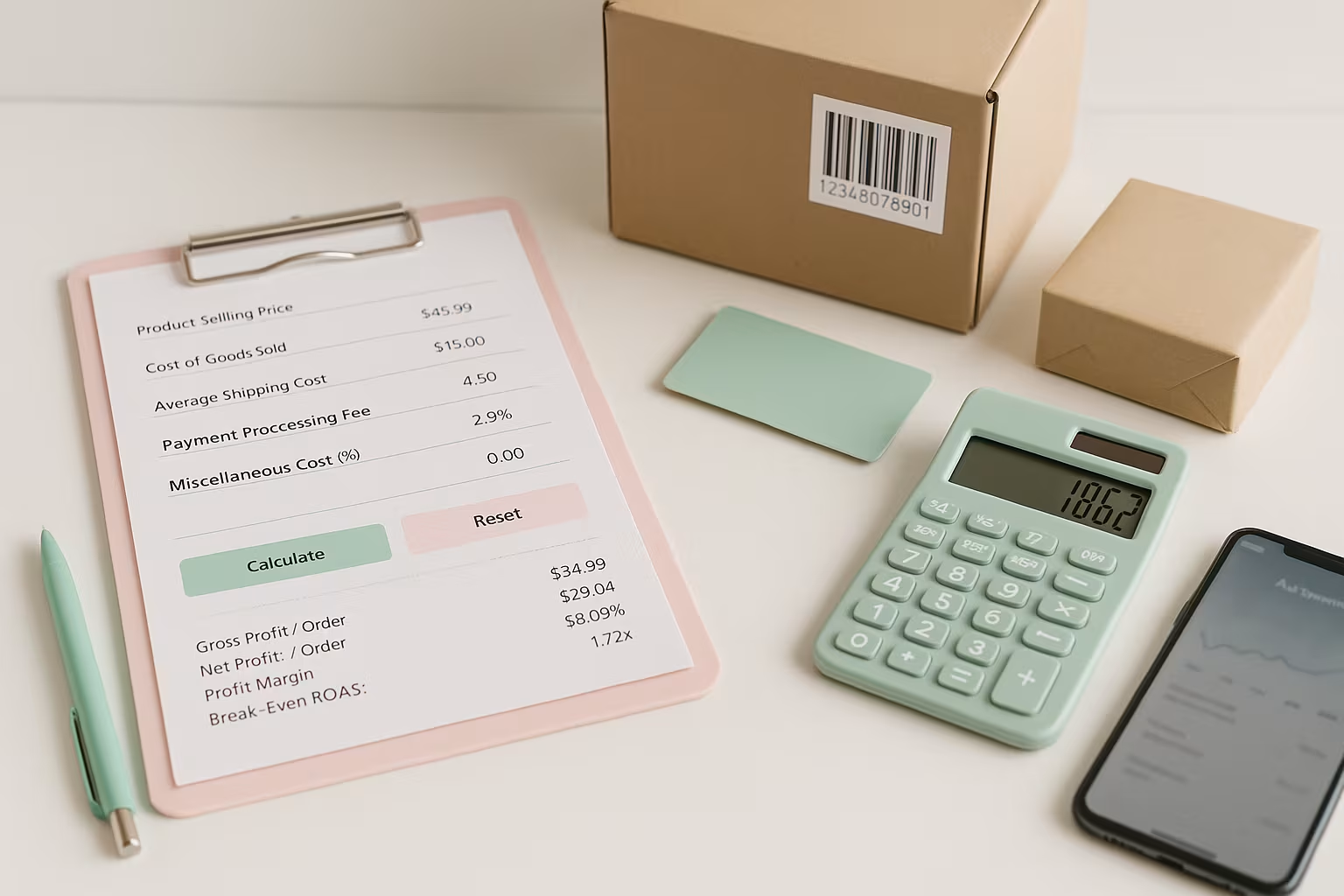
Break-Even ROAS Calculator: Find Out What You Can Afford to Spend on Ads
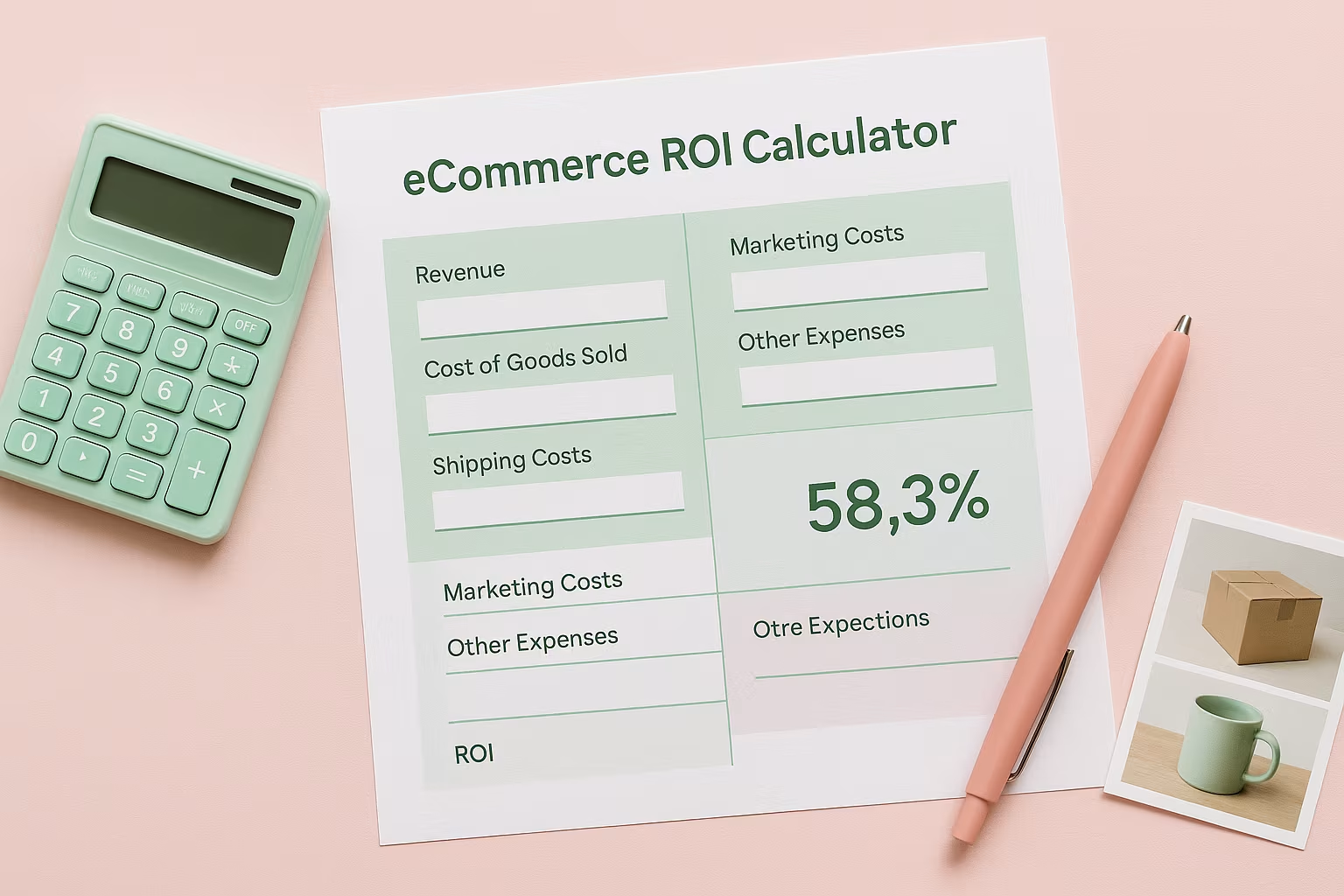
Ecommerce ROI Calculator: Scale Your Store
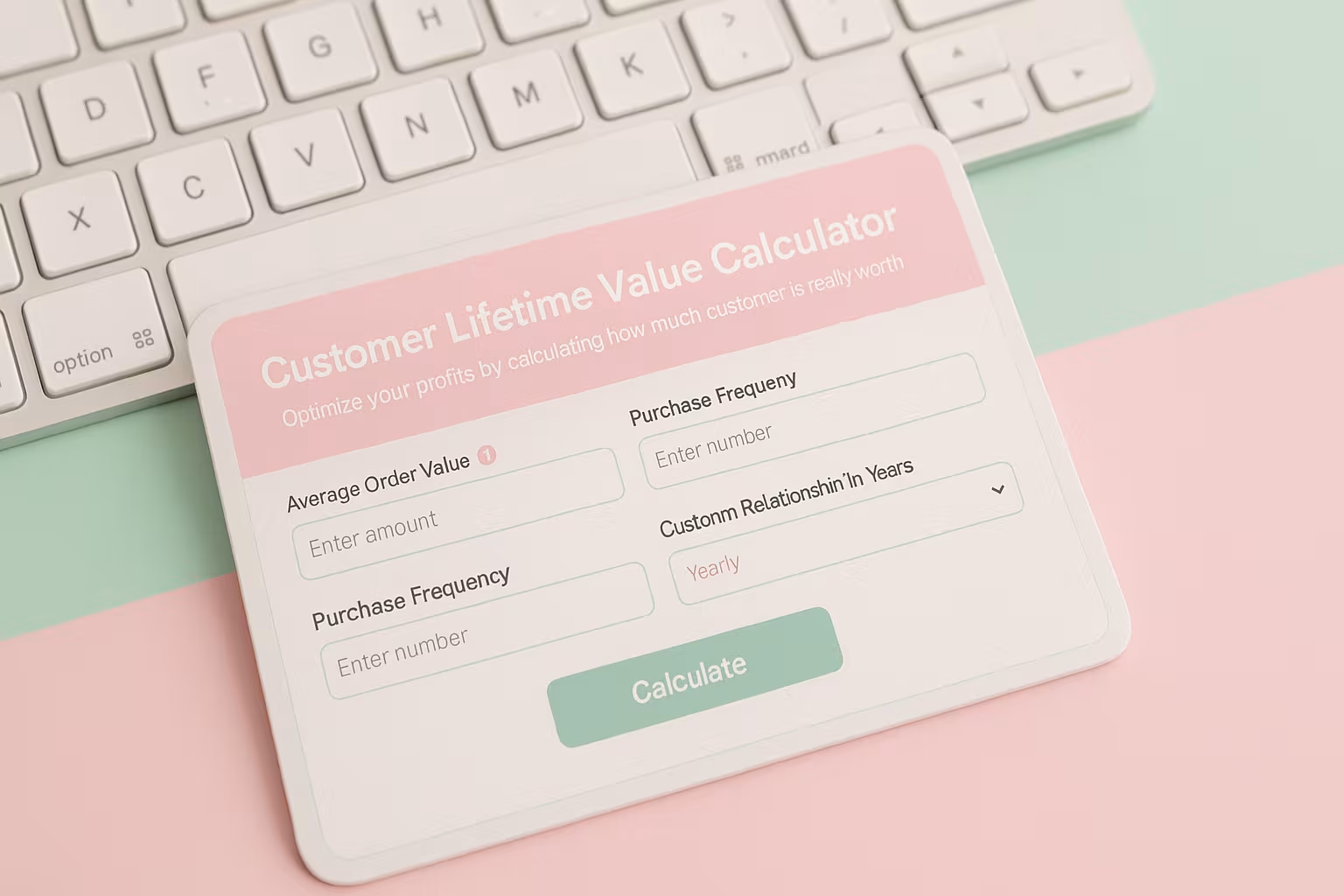
Customer Lifetime Value Calculator: Unlock Your E-commerce Revenue Potential
